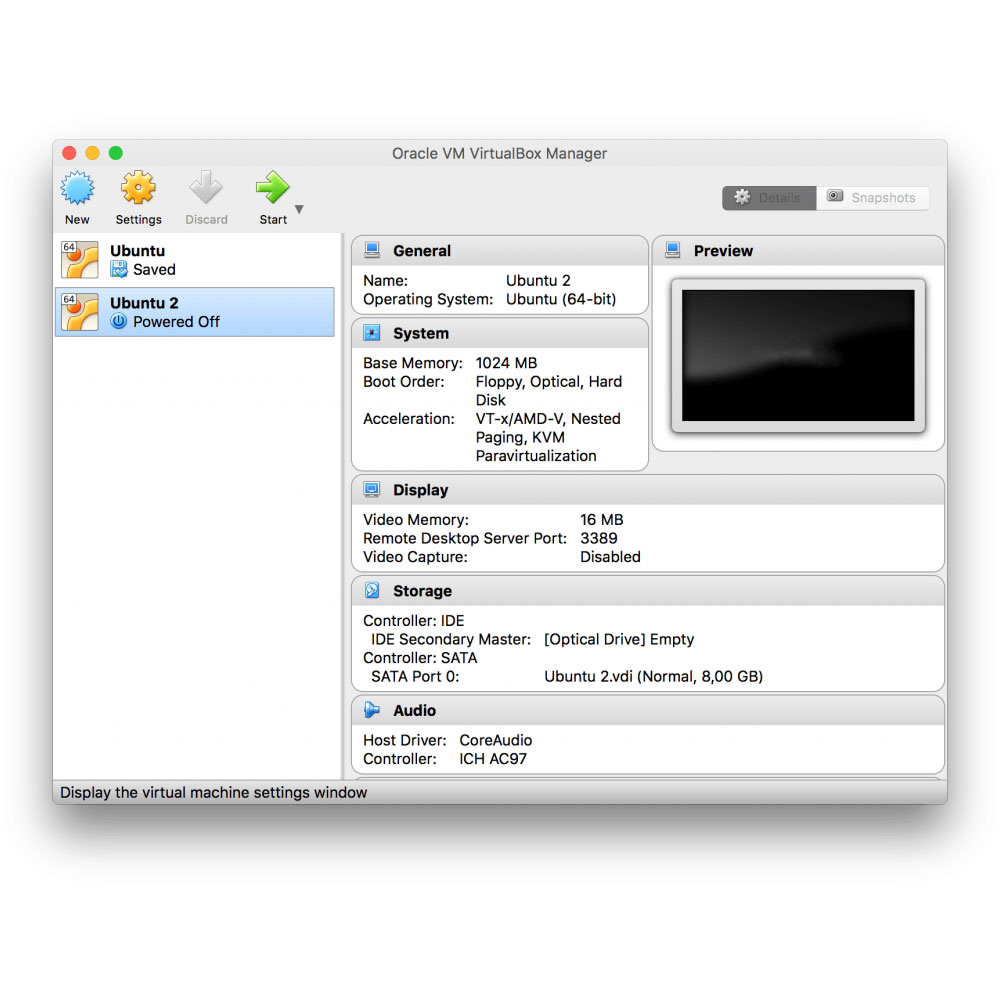Virtual Appliances, VImages, VDI’s, ISO’s

Tech | Tools – Virtual Appliances
Virtual Box Oracle VBox – Virtual Appliance(s), get it now… assuming you haven’t encountered a situation where you needed a different system than the one you are using, are stuck with, or are having trouble running native apps.
Oracle Virtual Box – https://www.virtualbox.org is a great starting point. Be sure to explore the latest and best virtualized products. Ideally, it’s a useful ‘virtual’ appliance to have on hand in the shop, to run VDI’s – Virtual Desktop Infrastructure or ISO – Copy (of the) Optical Disc Image. I came across an article about this previously, as I have written about it before, while testing other OS, OS Variants, Solutions, Drone Flight sims, Flight Configs, etc. Trust me, the Virtual Box tool is very useful of testing almost any compute/browser combinations. In our case, we prefer the Oracle product for non Windows needs, while Boot Camp works well for Windows environments pretty well. We will cover those another time, but for now check out this handy post (https://www.virtualbox.org) to paste into your browser… Your choice – BSD, Fedora, Linux Varietals and more. Other image offering can be found here:These OS Boxes Linux Images.
Virtual Environments – VBOX or Parallels for mAC
REMEMBER TO DO YOUR HOMEWORK. Check what’s there. It may take many, many, many tries) to get this stuff to work in an optimal fashion, but you’ll get it soon enough. Testing is key. Donate where you can!
A few other notes, I’m sure you have your own process, but we use Virtual Box for lots of stuff*… testing, games, browser ‘wars’, IoT stuff* and more*. Below you will find a few screenshots of Virtual Box and MS Remote Desktop. The goal was to cover as many systems, device varieties, OS images and tools as possible Always remember, just have fun.
Good time to highlight premade, premier machines. Before we wrap up, have a look at Puget Systems, these machines are top of the line, premier computers, bar none; this one setup for Adobe software.
One last point, these virtual environments can be used for IoT testing. Note, that since the screenshots were taken/shared, we’ve added Virtual Box to MacOS, running a litany of ISOs. Those can be found here, included for your convenience! We certainly enjoy using this method for just about anything. Please see the posting on Debian Buster starting with the Ubuntu IoT ISOs.
As usual leave a comment below, let us know what you’re thinking?




